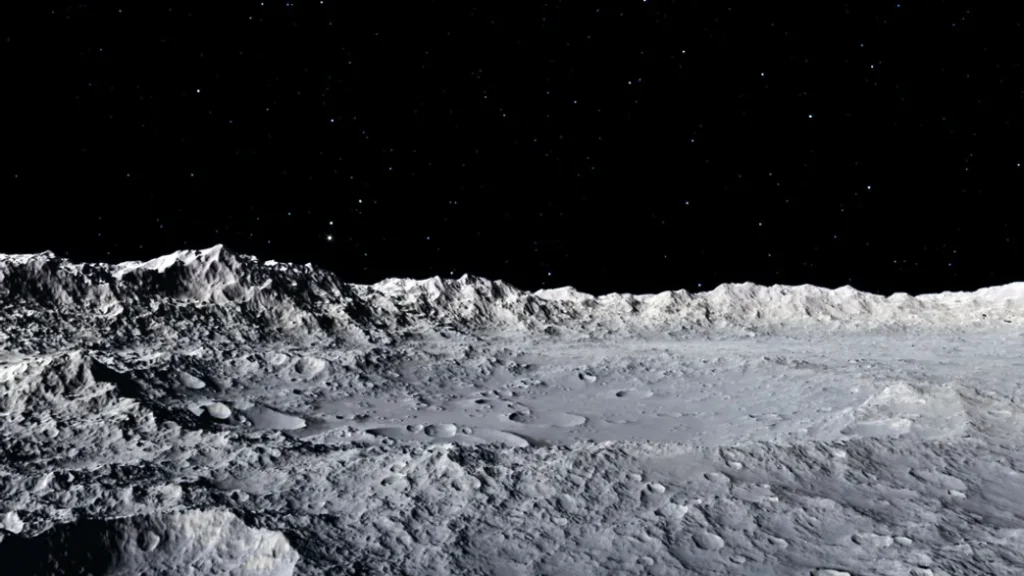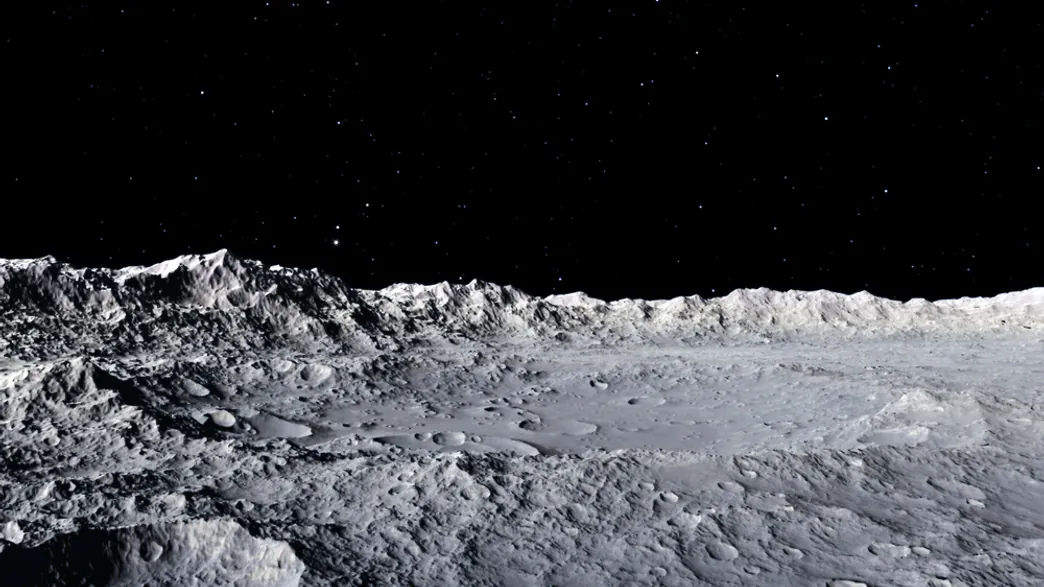
Introduction
Recent scientific research suggests that the Moon’s top layer, or regolith, contains a significant amount of oxygen. This discovery has sparked interest in the potential for sustaining human life on the Moon, as well as future lunar exploration missions.
The Composition of Lunar Regolith
Lunar regolith, the Moon’s surface layer, is composed of various minerals and elements that could be crucial for sustaining life.
Mineral Content: The regolith is rich in oxides such as silicon dioxide, aluminum oxide, iron oxide, and magnesium oxide. These minerals are key sources of oxygen.
Oxygen Extraction: The process of extracting oxygen involves breaking down these oxides through chemical reactions. Technologies like electrolysis could be employed to release oxygen from these compounds.
Oxygen Potential in Numbers
Quantifying the oxygen available in the lunar regolith provides a staggering perspective on its potential.
Oxygen Yield: Studies estimate that each cubic meter of lunar regolith contains about 1.4 tons of oxygen. Given the vast expanse of the Moon’s surface, this translates to an enormous amount of oxygen.
Sustainability Calculations: It is estimated that the top 10 meters of the Moon’s surface could provide enough oxygen to support 8 billion people for approximately 100,000 years. This calculation assumes a consumption rate of 800 grams of oxygen per day per person.
Implications for Lunar Exploration
The potential to extract oxygen from the Moon’s surface has profound implications for future space missions and colonization.
Life Support: Oxygen is a critical component for life support systems in space habitats. Being able to produce it locally on the Moon would reduce the need to transport it from Earth, significantly cutting costs.
Fuel Production: Oxygen is also a vital component of rocket fuel. The ability to produce fuel on the Moon could facilitate easier and more sustainable space travel, enabling missions to Mars and beyond.
Technological Challenges
Despite the promising potential, several technological challenges need to be addressed to make oxygen extraction feasible.
Extraction Technology: Developing efficient and reliable technologies to extract and store oxygen from lunar regolith is essential. Electrolysis is a proven method but requires significant energy input.
Energy Sources: Establishing sustainable and robust energy sources on the Moon, such as solar power, is crucial for powering the oxygen extraction processes.
Infrastructure: Building the necessary infrastructure on the Moon to support continuous oxygen extraction and storage is a monumental task that requires international collaboration and substantial investment.
Future Prospects
The discovery of oxygen in the Moon’s regolith opens up exciting possibilities for the future of lunar exploration and human settlement.
Lunar Bases: The ability to produce oxygen on-site could support the establishment of permanent lunar bases, providing a stable environment for scientists and explorers.
International Collaboration: Collaborative efforts among space agencies and private companies will be essential to develop the technologies and infrastructure needed to harness lunar resources effectively.
Further Research: Ongoing research and exploration are needed to better understand the composition of the lunar regolith and refine the methods for oxygen extraction.
Conclusion
The Moon’s top layer containing enough oxygen to sustain 8 billion people for 100,000 years is a groundbreaking discovery with far-reaching implications. While significant technological challenges remain, the potential benefits for space exploration and human settlement are immense. This discovery not only brings us closer to making lunar colonization a reality but also highlights the importance of continued investment in space research and technology.

